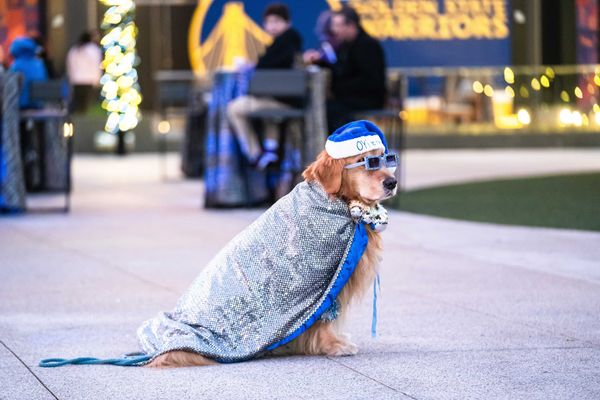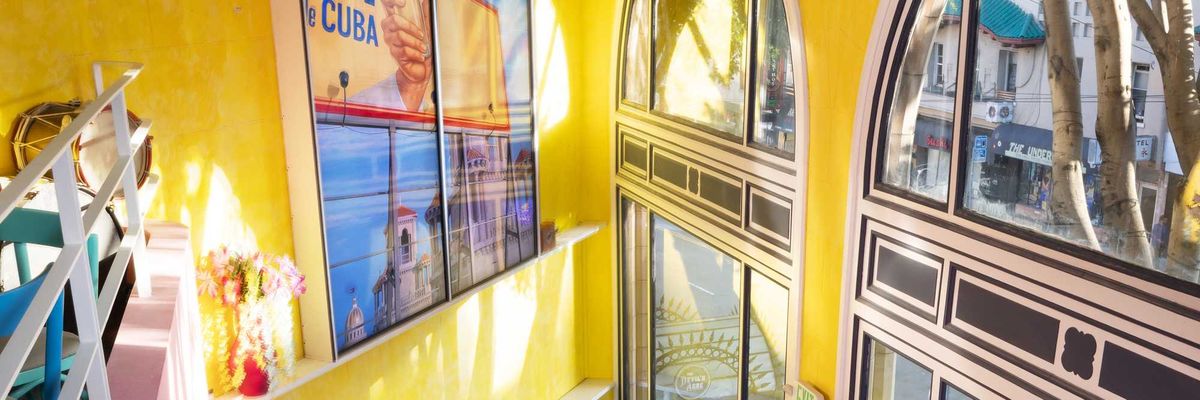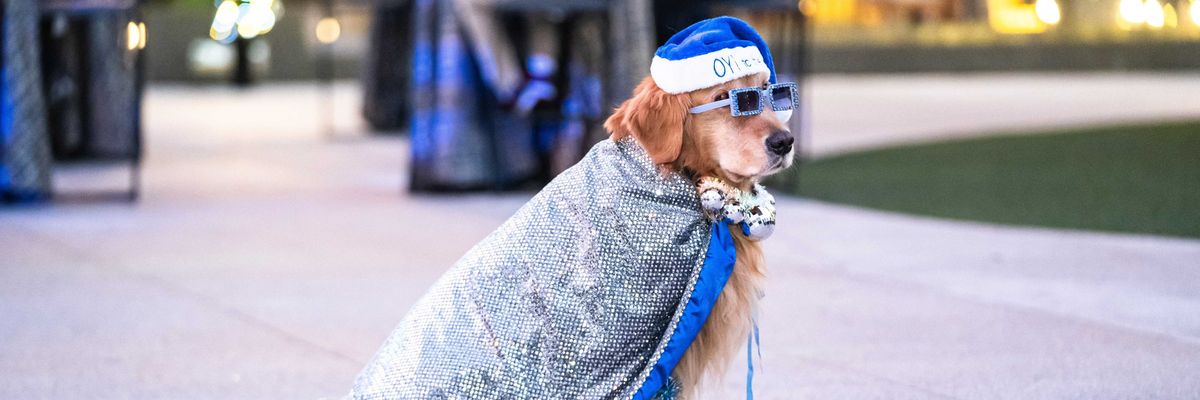
courtesy of Daft Punk
Daft Punk, the Rapture, DJs Sebastian and Kavinsky
Friday, July 27, at the Greek Theatre in Berkeley
Friday night Daft Punk saved my life. But we’ll get to that.
First, a few facts about Daft Punk. The French House duo composed of longtime friends Thomas Bangalter and Guy-Manuel de Homem-Christo are responsible for some of the most played club anthems of all time. Best described as an amalgamation of rock n’ roll intensity, raw sexuality and brainwashing beats, Daft Punk’s sound is unadulterated and uncomplicated dance music appreciated by both club kids and hipsters alike. That's even before you get to their signature look—which might be liberally dubbed astronaut-chic, complete with shiny chrome helmets and second-skin space suits, matching their intergalactic disco in outer space musical aesthetic with equally out-of-this-world attire.
The evening began with a dusk dance party courtesy of New York’s post-punk disco quartet the Rapture who played frantic renditions of favorites “House of Jealous Lovers” and the early Cure-influenced track “Olio” from 2003’s Echoes as well as “Get Myself into it” and “First Gear” from their most recent release Pieces of the People We Love, causing a frenzy with the fluorescent bandana-clad hipsters. This was the type of show where glowstick-wielding club kids collided with Mission scenesters and music-savvy Cal Berkeley students (some with gigantic pizzas), making for a unique mix all here to profess their love of Daft Punk.

courtesy of Daft Punk
What happened next can only be described as the closest thing to a rock n’ roll version of the Exploratorium, or like a sci-fi Studio 54. As the crowd let out a collective sigh of marijuana-infused smoke, Daft Punk emerged from the depths of the stage in a giant pyramid-shaped spaceship bedecked with lights that changed hue with each song and a massive screen that lit up to spell out their most popular song lyrics in psychedelic Christmas lights-meets-Lite Brite fashion—making the show feel strangely like a hedonistic kindergarten class. Favorites like “Robot Rock,” “Da Funk” and “Around the World” were accompanied by a Tron-inspired light show that varied from oceanic blues, honeycomb yellows and a purple that would have made Prince proud. Songs were mashed-up, manipulated and stripped down, and snippets of tracks like “One More Time” were interspersed in drawn-out instrumental “jams” to tease expectant audience members.
Even the biggest self-confessed wallflower was dancing—glancing at the diverse crowd, it was like looking at a seething, unsettled sea. Ecstatic fans were jumping, dancing, flailing all lost in the music, the lights and moment. It was like a musical spiritual awakening where even this reviewer had to put down her trusty notebook to get down for a couple of songs. The spirited version of “Human After All” at the encore was convincing enough that Daft Punk’s music is not only extremely infectious dance music, but that the entire sold-out crowd at the Greek Theatre—who, divided by the strict social confines of the Bay Area music scene, would never otherwise fraternize together—were dancing in unison and for a brief moment the glowstick kids and the bandana boys were unified through dance. Yes, it was a profound statement on humanity, and I was happy to be a part of it. But it was a fleeting moment of human connection because by the time the spacecraft disappeared and our French spacemen with it, we were back comfortably in our own herds trying to find the fastest way out of the theater. Daft Punk: saving one life at a time.




















